Microplastics and our water:
Clear thinking on a global pollution crisis
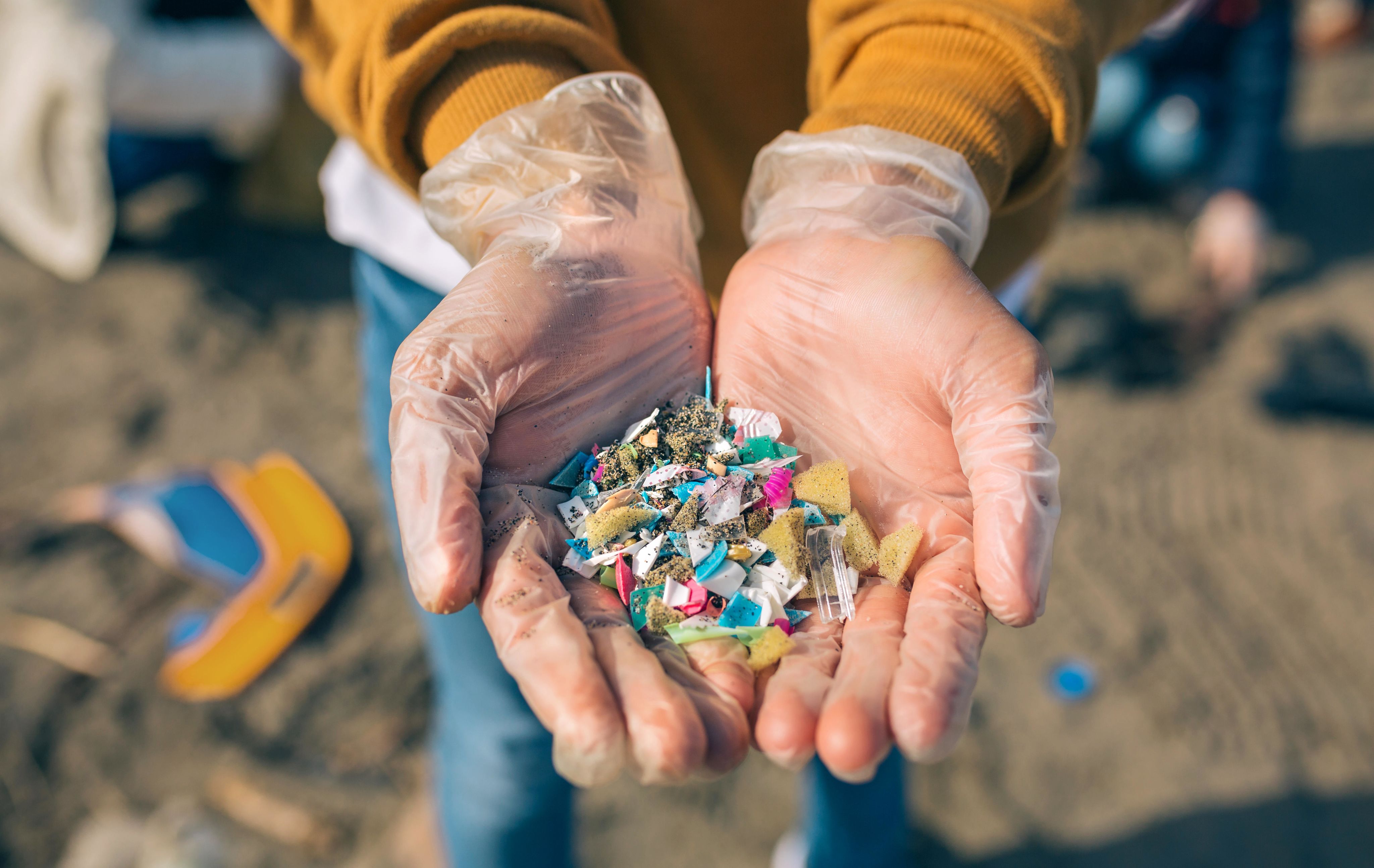
Arresting images of plastic waste flowing into the oceans has stoked public pressure to limit our use and disposal of this everyday commodity. But the real quantity of plastics in aquatic environments could be far higher than meets the eye, according to research at the University of Birmingham.
Shocking images of plastic waste accumulating along coastlines and flowing into oceans has made the issue as central to contemporary environmental discourse as carbon dioxide emissions. Plastics are endangering and harming fish, dolphins and sea turtles, and appearing in the digestive tracts of species across the food web. Between 19 and 23 million metric tonnes of plastic waste generated globally in 2016 entered aquatic environments
While ocean plastics are visible and alarming, they represent a fraction of the real burden. Innovative research methods and field studies by academics at the University of Birmingham, along with international partners, are quantifying the full scale of plastic pollution in rivers and their catchments.
Professor Stefan Krause, Professor of Ecohydrology and Biogeochemistry at the University of Birmingham and theme leader of water challenges at the university’s Institute of Global Innovation, is spearheading research initiatives that have brought into question common assumptions about plastic pollution. In particular, Krause is focusing on the environmental fate and transport of micro and nano-plastics - particles ranging in size from less than 1 to 1000 μm.
These are produced through the breakdown of plastics over time, and through wear and tear, such as tiny specks that shear off of car tyres or fibres from synthetic textiles, or by design, such as industrially-produced microbeads found in some cosmetics. Microplastics can enter freshwater systems from ‘point’ sources like wastewater discharge and storm sewers or through more widely distributed diffuse sources such as mismanaged plastic waste or plastic sheets used in agriculture. The smaller their size, the more likely it is for those particles to move through any filtration, treatment or removal systems in place.
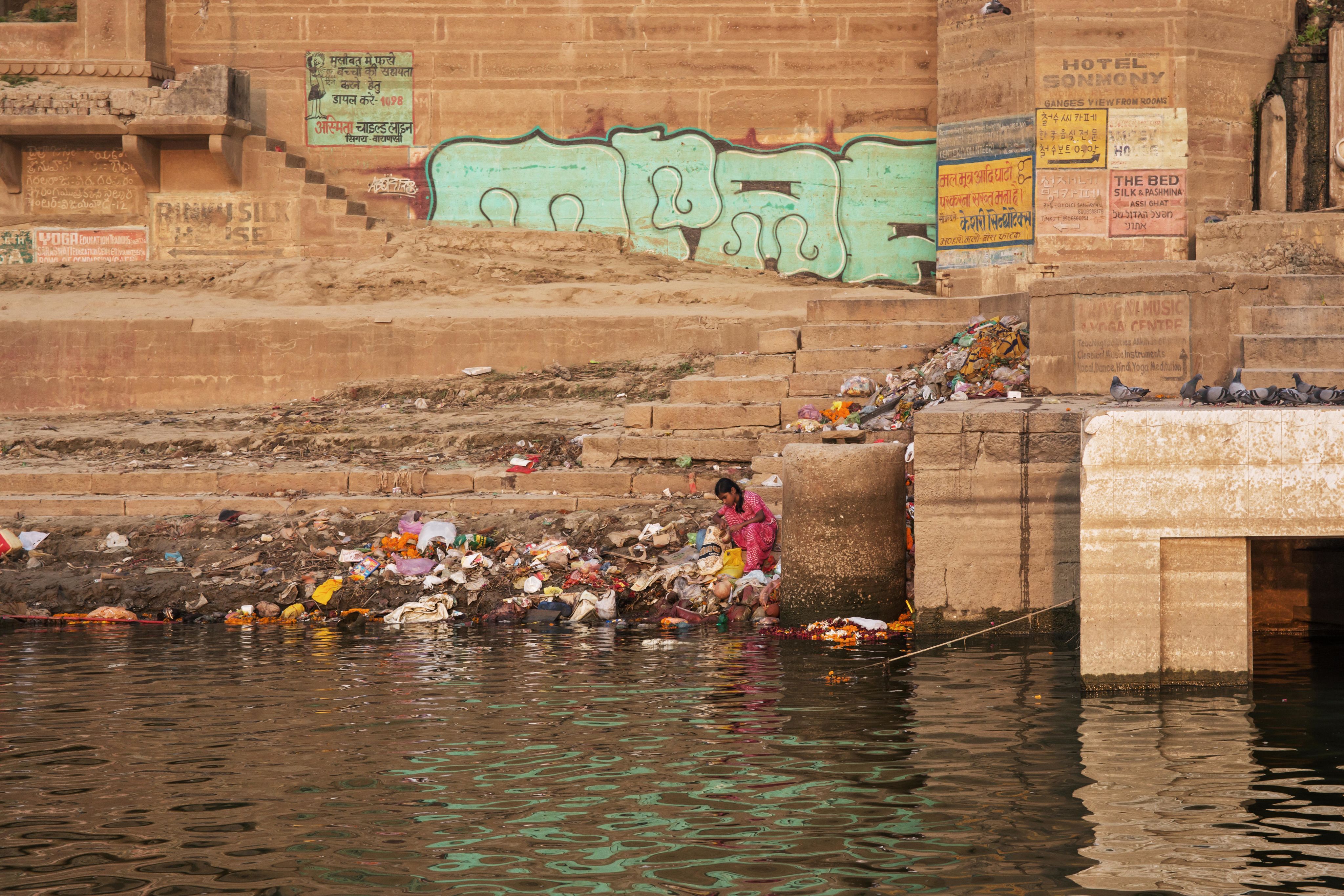
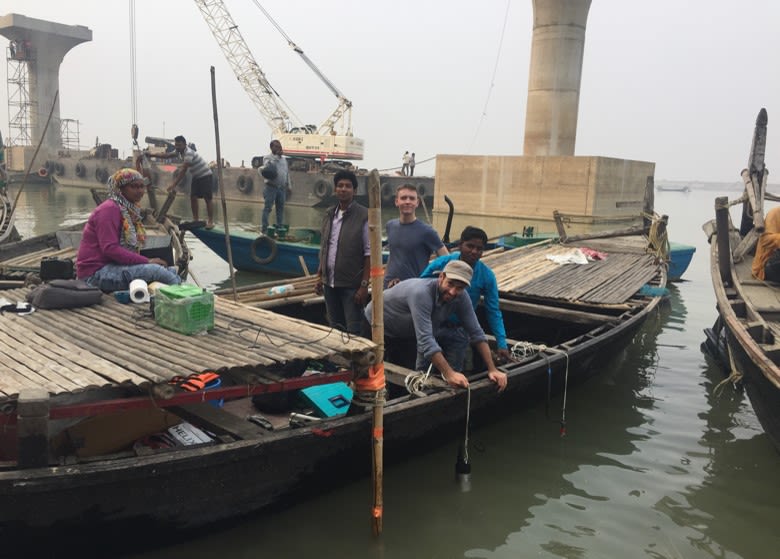
International research team measuring water pollution along the Ganges.
International research team measuring water pollution along the Ganges.
Because many of them are floating or in suspension, it is often assumed that microplastics would flow down rivers and into the oceans, but field studies show they are ubiquitous in river streambed sediments. Little is known about how much microplastics there are in rivers, and how they get into and move through them.
Experimental evidence linking microplastics found in rivers and their sediments to potential sources and transport mechanisms have been hampered previously by a lack of standardized and comparable sampling, particle extraction and analysis methods.
“There have been findings of substantial microplastic accumulation in river sediments that made us think, How much of the plastics that go into rivers do actually end up in the oceans? And how much is accumulated in river sediments, and for how long?,” says Professor Krause. “Everyone has been focused on what rivers bring to the sea where it is visually prominent, but what about local exposures in our rivers?”
Krause leads a global research network analysing microplastic accumulation in rivers which provided the first insights into the real spatial footprint of worldwide river microplastics, but “still does not allow us to understand all of the actual mechanisms of microplastic transport. That’s why we started to explore their evolution through individual river systems”.
Therefore, Dr Jennifer Drummond who works in Krause’s team at the University of Birmingham’s School of Geography, Earth and Environmental Sciences and their colleagues, developed a methodology that accounts for ‘hyporheic exchange’, meaning the dynamic transport of microplastics between surface water and riverbed sediment. This model offered the first assessment of microplastic accumulation and residence times in freshwater systems due to hyporheic exchange, simulating how particles enter freshwater systems, settle and later remobilize and redistribute.
The approach factors in how microplastics are impacted by turbulence, flow and groundwater-surface water interactions, all processes driven by streambed topographic effects and pressure variations. This appears to be trapping significant quantities of particles in the bottom of rivers, including a lot of very small particles of low density that would normally float and not sink to the bottom.
While hyporheic exchange has been studied in the context of naturally occurring particles in streams, it has rarely been applied to microplastics until now. The project has revealed that microplastics can deposit and linger within riverbeds for as long as seven years for a single kilometre before washing into the ocean. “Our assumption of rivers being mere conduits of plastics into oceans needs to be revised,” says Professor Krause.
Break points
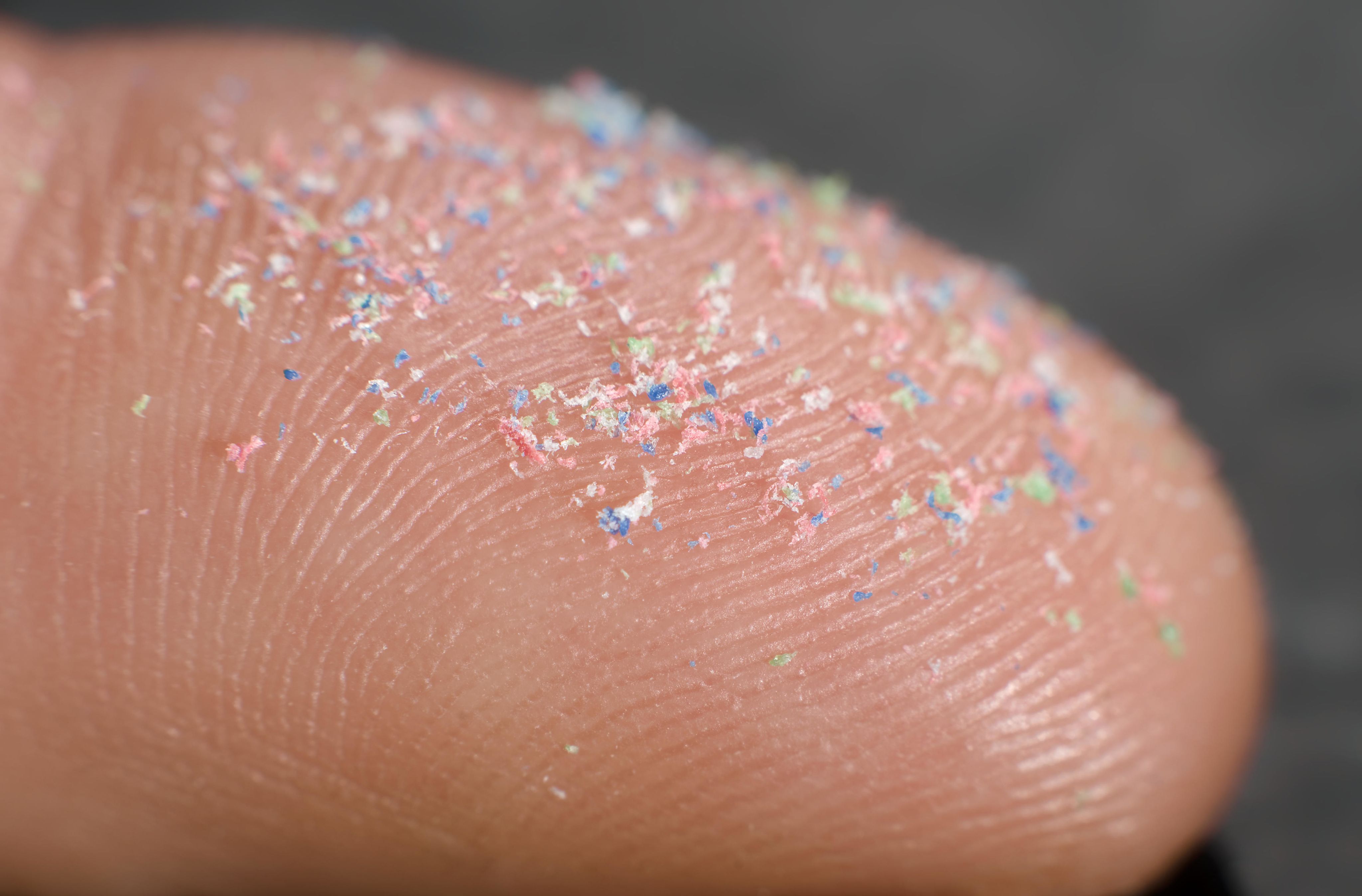
A further research initiative by teams at the University of Birmingham and Manchester, with partners in India, continued the mission of analysing and monitoring how hydrological dynamics impact and alter chemical pollutants.
Krause and collaborators experimented with a new measurement methodology, initially in Boulder Creek in Colorado and later expanded to the Ganges, looking at a collection of diverse river contaminants, including microplastics.
The project identified the dynamic impact of so-called ‘breakpoints’ where concentrations of river pollution change drastically, for instance when a tributary joins a river.
The work, carried out across India’s River Ganges from its Himalayan source to the Indian Ocean, found that chemicals including nitrates, chlorine, strontium, and titanium are ‘cut’ and ‘boosted’ in different proportions by a series of breakpoints along the Ganga, as mixing, dilution and weathering impact the river’s hydrochemistry. This cocktail of chemicals flows through the Ganga into the ocean with some elements travelling faster than others.
Flow alterations are having a significant impact on the deposition of microplastics in this river system, says Professor Krause. Critical dynamics include how river regulation impacts the issue. By reducing flow velocity to near zero, Krause explains, dams and reservoirs can cause significant further trapping of microplastics.
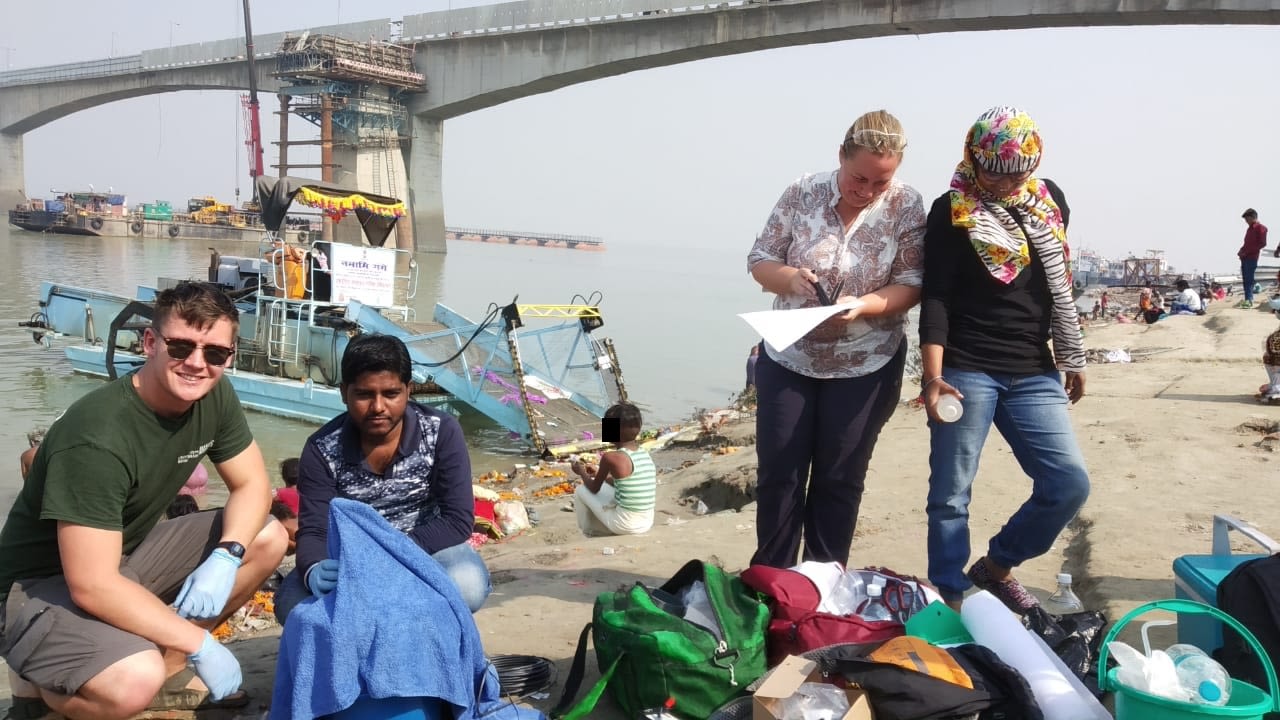
Researchers collecting field data on the Ganges.
Researchers collecting field data on the Ganges.
Breakpoint analysis is showing how pollutants travel along major watercourses, allowing researchers to identify aquatic pollution hotspots and understand local exposures. “We found some point sources were in the expected areas where you have high population density, but there are also some spots that came up which are less populated, but were perhaps more important cultural and religious sites. Some of these constitute very distinct point sources for microplastics”.
Going forward, these research endeavours will inform accurate assessments of plastic pollution sources and what connects them to accumulation hotspots along river networks, and focus resources and attention on the worst-affected geographies and communities.

This content was paid for and created by The University of Birmingham. The editorial staff of The Chronicle had no role in its preparation. Find out more about paid content.


